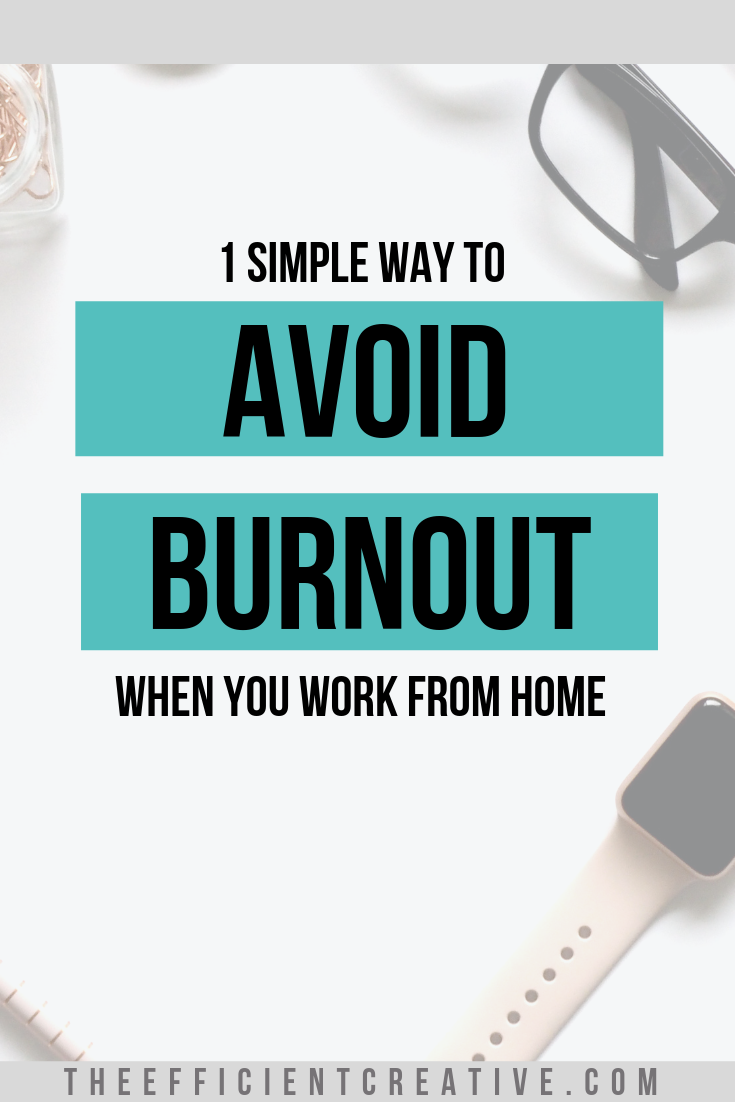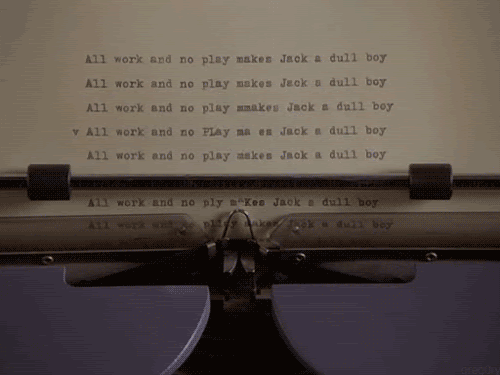
Whether you work at home as a remote job or you own your own business, the fantasy (or reality) of having control over your time is a huge appeal of working from home. After all, one of the great work-from-home benefits is the ability to create your own schedule, right?
Have small kids at home and you can only work while they’re sleeping? Go for it.
Have a second, more traditional job with odd hours? No problem.
You can do SO many work-from-home jobs at literally any time of the day or night!
Which brings us to one of the biggest dangers of working for yourself: burnout. There’s a reason that working from home can lead to depression, loneliness, and anxiety. And burnout can be a big component of that.
When you can work any time, it’s easy to work all the time.
Many of us started working from home so we could theoretically work anywhere, but it’s too easy to become just as chained to our desks at home as we were in the office. Worse, we can become even more chained to our desks because they’re ALWAYS NEAR.
Work all the hours and you’re setting yourself up for serious fatigue and isolation.

Here is 1 simple way to avoid burnout when you work from home.
There are 2 methods that I highly recommend you use in your weekly schedule to set boundaries and ensure that you keep a healthy mental work-life balance.
-
Hard stops
-
Time blocking/batching
Since I’ve already written about time-blocking (which you can read more about here), I’m going to talk a little more today about having a hard stop.
Having a hard stop simply means deciding on a time that you’ll stop work, then STOPPING work at that time. Follow-through is the hardest (and most important) part, obvs.
How to institute a hard stop in your work schedule
Like most of my time-management suggestions, it often starts with doing an audit of your time. How much time do you actually spend in each of your required categories? If you’re not sure where your time goes each week, then I recommend using Toggl to start tracking your time (it’s free and easy to use!)
Use your time audit to help you block out your week on a calendar. How much time do you need to plan to devote to each of your required categories?
Include your hard stop boundaries in your schedule
While you’re blocking your time, think about when you want your hard stop to be every day. When are you going to say, “Work time is OVER and I’m shutting my computer down”? Depending on your life, it could be a different time each day or consistent across the whole week.
Set this boundary in advance. Then honor it.
While you’re at it, make a point of communicating this boundary with everyone who might be affected.
-
Send an email to your clients and inform them of your set working hours
-
Add language to your contracts or client onboarding documents that specify the time you stop working each evening
-
Tell someone (like your partner) who can help you stay accountable and honor the time commitments you have to your family
-
Set up an out-of-office email autoresponder and turn it on every evening before you stop working
Not all boundaries are created equal (and that’s okay)
If you are someone who has to work in chunks throughout the day, you may have multiple hard stops, For instance, if you work while the kids are napping, you might say “The kids usually wake up at 2, so I’m going to stop work at 1:50.”
Or it may look like setting a certain number of hours per day that you’ll work, then stopping when you’ve reached that amount. Simple enough right?
Institute a hard stop time boundary in your work-from-home schedule and see what a difference it makes in how you feel about your work. Has a hard stop helped you avoid burnout in your business? Scroll to those comments and let me hear about it!

